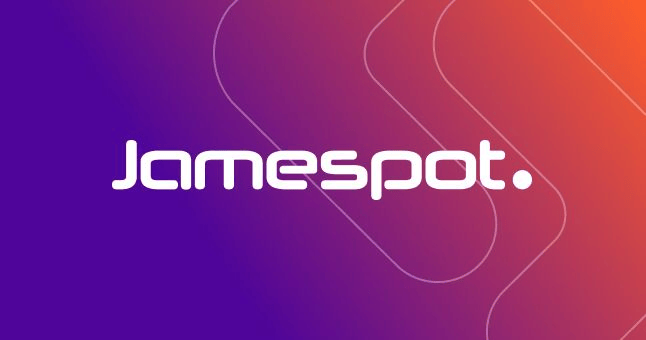Customer Success Story : Jamespot

Jamespot is a SaaS platform provider offering collaborative and social solutions, and the company has an enterprise social network integrating over 100 connected applications.
Jamespot currently meets the needs of over 500,000 end users via 300 different clients, in groups ranging from less than 20 users to up to 100,000 users.
Rethinking monolithic architecture
The Jamespot platform was originally developed on monolithic architecture, using Virtual Machines (VM). This infrastructure allowed the company to manage groups of up to 30,000 users.
As the platforms provided by Jamespot came under increasingly high demand, and became essential for their users, Jamespot needed to not only be able to withstand high loads, but also to be able to adapt to huge variations in addition. The infrastructure that was based on VMs was not sufficient to guarantee a high quality service, so the technical teams chose to rethink their software architecture and infrastructure in order to provide:
- Better scalability management
- Quality of service thanks to high data availability
- A cloud-agnostic architecture allowing for the easy migration of data from one Cloud Services Provider (CSP) to another or load distribution between several providers
- The choice of sovereign CSP services
Launching a multi-cloud strategy
In 2018, the team at Jamespot decided to split the old monolithic architecture into microservices in order to facilitate scalability, and specifically to allow them to take on very large networks (80K+ users).
This is when the team decided to rely on Kubernetes as an orchestrator. To start with they deployed Kubernetes on a “VMware Private Cloud”.
Other services and products were then added to the catalogue, and Jamespot chose to use Scaleway’s Kapsule product. Thanks to Kapsule, deploying a Kubernetes cluster for video-conferencing, or collaborative editing, is seamless and transparent.
Choosing a “managed Kubernetes” offer also allows users to free themselves of all the technical management of a cluster, and to concentrate on the content.
Jamespot decided to initiate a multi-cloud strategy for its main infrastructure which hosts client platforms so as to meet both resilience requirements, and to remain cloud agnostic.
The company currently uses:
- OVH’s Bare Metal servers (their first cloud provider)
- Instances from 3DS OUTSCALE, for HDS (Health Data Hosting) needs
Several Scaleway products: - Kosmos, the managed Kubernetes offer which allows users to separate nodes from multiple cloud providers, and as such provides high availability
several Kapsule clusters - Object Storage
- and the Scaleway Console which provides the best developer experience
Jamesport is now looking for a fourth provider for its monitoring, a DRP (Disaster Recovery Plan), and to externalize its deployment tool which would pilot other platforms. This would mean the company ensures the resiliency of a multi-AZ, multi-provider architecture.
Building a new cross-provider architecture with Kosmos
Jamespot’s architecture is built on:
- Kubernetes to orchestrate the containers of its services
- Kapsule, the managed Kubernetes solution, to automate some of its services
- Instances and dedicated servers with several cloud providers to ensure the high availability of its services
- Kosmos to manage the nodes split across instances from different cloud providers
- GitLab as a CI/CI tool

Jamespot is ready to take new workload peaks head on, by managing costs, and guaranteeing its clients benefit from high data availability. The next step will be to test Serverless Containers to automate the management of some of the company’s microservices.
Thanks to the efficiency of Scaleway’s technical assistance (Silver level), and the company’s Slack Community, Jamespot can talk directly with the CSP’s product developers, and development runs smoothly.
Building together with shared values
After Jamespot adopted Kubernetes and its multi-cloud strategy, the company looks positively on its collaboration with Scaleway from a technological point of view, but not only. Over the years, Jamespot and Scaleway have been evolving in the same direction thanks to a shared vision of the future of the cloud (the multi cloud) and shared values such as innovation, sharing and trust.
Ultimately, it is together that Jamespot and Scaleway will create and promote the multi cloud thanks to shared experience and knowledge.